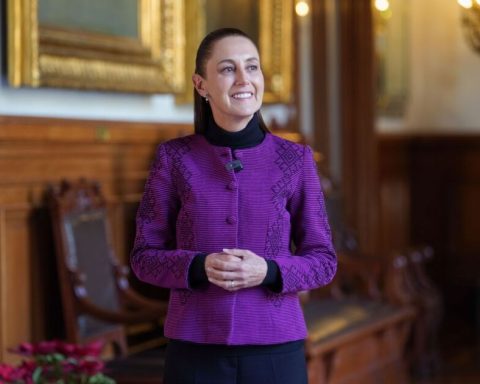In 2019, astronomers at the Event Horizon Telescope published the first image of an orange donut-shaped black hole with fuzzy edges. Only recently has a new machine learning algorithm filled in the missing details.
An international team of astrophysicists has used machine learning technology to improve the definition of the first image of the supermassive black hole at the center of the galaxy M87, reports ScienceAlert.
The new image, which shows in more detail a larger, darker central region surrounded by a bright accretion of gas in the shape of a “thin donut”was published in a study in The Astrophysical Journal Letters.
The iconic Original Photo, published in 2019, it was taken with the Event Horizon Telescope (EHT), or telescope of the Event Horizon, a set of linked telescopes that combined data from various parts of the Earth.
He black hole, or “orange donut”, as astronomers sometimes jokingly call it, it is located in the very center of the galaxy M87 (or Messier 87), which is comparable in size to the solar system. That enormous gravitational field that absorbs all particles, even light ones, It is located about 54 million light years from Earth.
Scientists reveal new and improved ‘skinny donut’ black hole image https://t.co/kM4NSwcXZH pic.twitter.com/YGphzUrOBy
— Reuters (@Reuters) April 13, 2023
In the new image, the ring of light, which reflects off material being absorbed by the voracious object, is about half as wide as it looked in the 2019 photo. A larger “brightness trough” is also seen in the center, where the hole of the ‘donut’, which is caused by light and other particles that disappear through the black hole.
“With our new machine learning technique, PRIMO, we were able to achieve the maximum resolution of the current matrix. Since we cannot study the black holes up closea, image details play a critical role in our ability to understand their behavior,” said astrophysicist Lia Medeiros of the Princeton Institute for Advanced Study in a release published by NOIRLab, the US National Research Laboratory for Optical-Infrared Astronomy.
PRIMO is based on so-called machine learning, in which an algorithm is trained by showing it thousands of examples of the same object so that it learns the rules of how it works. The researchers trained PRIMO on more than 30,000 simulated images of active black holes so that it could discern how the process works and, based on the patterns revealed, ‘paint’ missing details in the image.


















